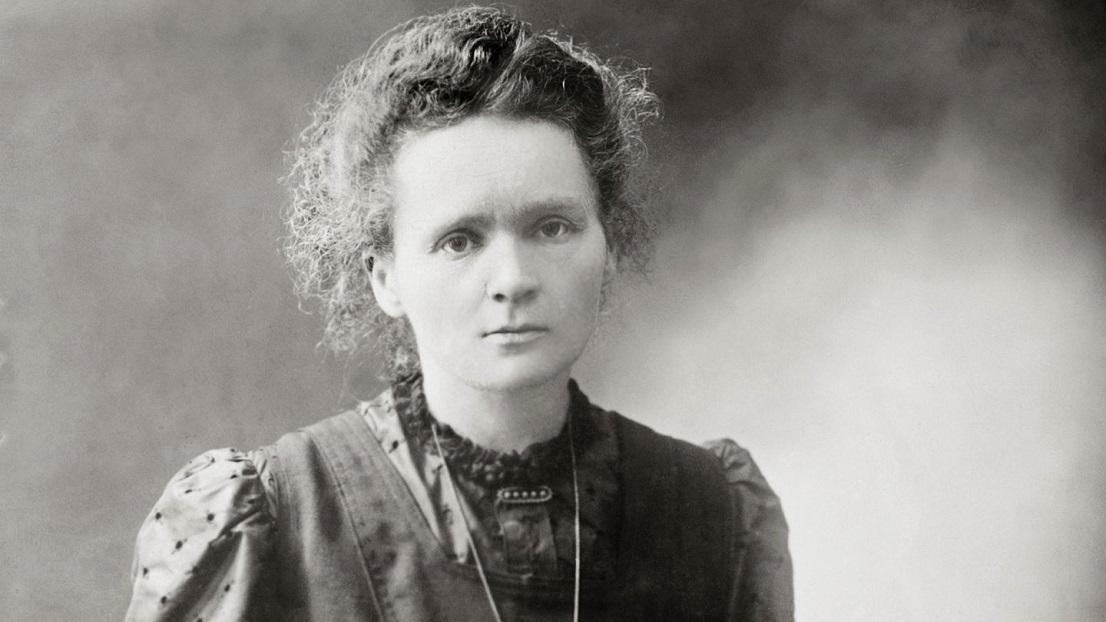Chemistry, the study of matter and its properties, has been a fascinating field of science for centuries. Throughout history, there have been numerous chemists who have made significant contributions to our understanding of the world around us. Their discoveries and innovations have not only advanced the field of chemistry but have also had a profound impact on various aspects of our lives, from medicine to technology. In this article, we will explore the lives and achievements of the top 12 most influential chemists in history.
Marie Curie
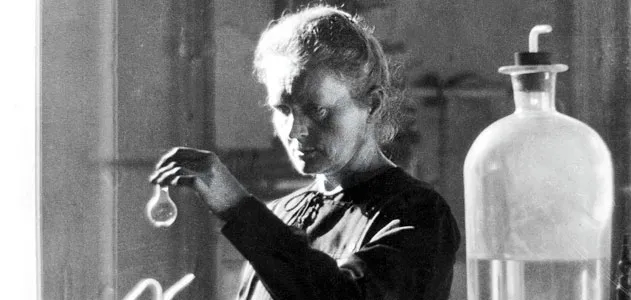
Marie Curie, born Maria Salomea Skłodowska, was a Polish-born French physicist and chemist who made groundbreaking discoveries in the field of radioactivity. She was the first woman to win a Nobel Prize and the first person to win the prize in two different scientific fields. Curie’s research led to the discovery of polonium and radium, and she developed techniques for isolating radioactive isotopes. Her work laid the foundation for the development of X-rays and radiation therapy, which have revolutionized medical diagnostics and cancer treatment.
Curie’s contributions to science were not limited to her own research. She also played a crucial role in establishing the Radium Institute in Paris, which became a leading center for the study of radioactivity. Despite facing discrimination and obstacles as a woman in a male-dominated field, Curie persevered and became one of the most renowned scientists of her time. Her legacy continues to inspire generations of chemists and physicists around the world.
Antoine Lavoisier
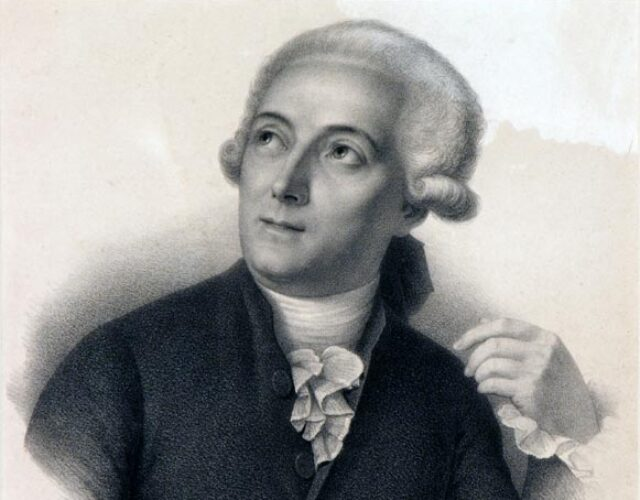
Antoine Lavoisier, a French chemist, is often referred to as the “father of modern chemistry.” His work in the late 18th century revolutionized the understanding of chemical reactions and laid the foundation for the development of modern chemistry. Lavoisier’s most significant contribution was his discovery of the role of oxygen in combustion. He demonstrated that combustion and respiration are the result of chemical reactions involving oxygen, thus disproving the prevailing phlogiston theory.
Lavoisier also made important contributions to the field of chemical nomenclature. He developed a systematic method for naming chemical compounds based on their composition, which helped to standardize the language of chemistry. His work on the conservation of mass during chemical reactions, known as the law of conservation of mass, is a fundamental principle of chemistry. Lavoisier’s tragic death during the French Revolution cut short his brilliant career, but his legacy lives on through his groundbreaking discoveries and the impact they have had on the field of chemistry.
Dmitri Mendeleev

Dmitri Mendeleev, a Russian chemist, is best known for his development of the periodic table of elements. In 1869, Mendeleev published his first periodic table, which organized the known elements based on their atomic weights and chemical properties. His arrangement of the elements allowed him to predict the existence of yet-undiscovered elements and their properties, many of which were later confirmed through experimentation.
Mendeleev’s periodic table revolutionized the understanding of the elements and their relationships to one another. It provided a framework for predicting chemical behavior and guided the discovery of new elements. His work also contributed to the development of atomic theory and the understanding of chemical bonding. Mendeleev’s periodic table remains a cornerstone of chemistry education and research to this day.
Linus Pauling
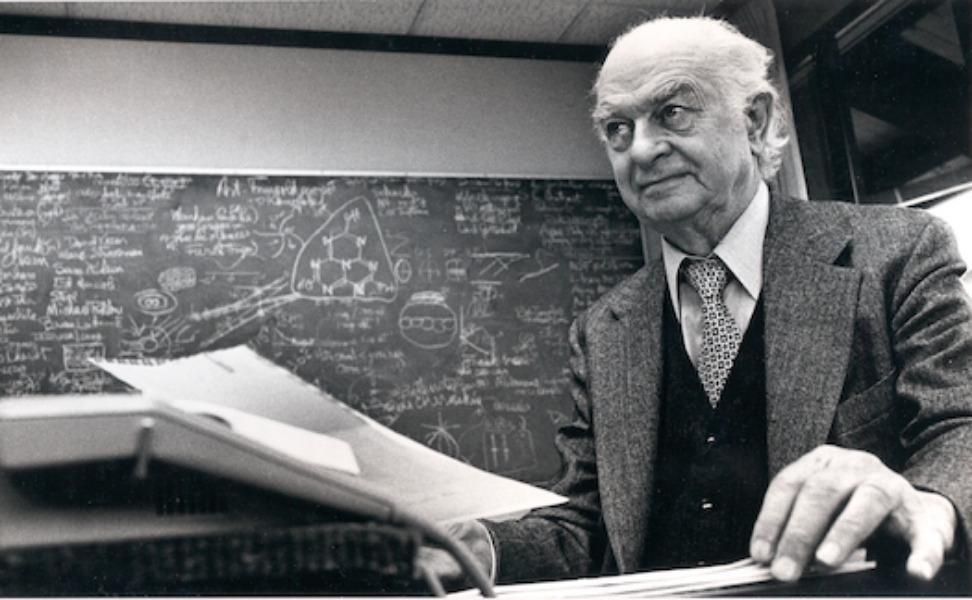
Linus Pauling was an American chemist and biochemist who made significant contributions to multiple fields, including quantum chemistry, molecular biology, and medical science. He is best known for his work on the nature of the chemical bond, for which he was awarded the Nobel Prize in Chemistry in 1954. Pauling’s research helped to elucidate the structure of proteins and other biological molecules, paving the way for the development of modern molecular biology.
In addition to his scientific achievements, Pauling was also a prominent peace activist. He was awarded the Nobel Peace Prize in 1962 for his efforts to ban nuclear weapons testing. Pauling’s advocacy for peace and his contributions to science have made him one of the most influential and respected figures in the history of chemistry.
Rosalind Franklin

Rosalind Franklin was a British chemist and X-ray crystallographer whose work was instrumental in the discovery of the structure of DNA. Franklin’s research involved using X-ray diffraction to study the molecular structures of various substances, including coal, viruses, and DNA. Her work on DNA, particularly her famous “Photo 51,” provided crucial evidence for the double helix structure proposed by James Watson and Francis Crick.
Despite her significant contributions, Franklin’s work was often overlooked or underappreciated during her lifetime, in part due to gender discrimination in the scientific community. It was not until after her death that the true extent of her contributions to the discovery of the structure of DNA was fully recognized. Today, Franklin is remembered as a brilliant scientist whose work helped to revolutionize our understanding of the fundamental building blocks of life.
Alfred Nobel

Alfred Nobel, a Swedish chemist and engineer, is best known for his invention of dynamite and for establishing the Nobel Prizes. Nobel’s work in the development of explosives began with his interest in finding a safe way to handle nitroglycerin, a highly unstable explosive. His invention of dynamite, which used a stabilizing agent to make nitroglycerin safer to handle, revolutionized the construction and mining industries.
Despite the destructive potential of his inventions, Nobel was a pacifist at heart. In his later years, he became increasingly concerned about the potential for his inventions to be used for warfare. In his will, he established the Nobel Prizes, which recognize outstanding achievements in physics, chemistry, physiology or medicine, literature, and peace. The Nobel Prizes have become one of the most prestigious and sought-after awards in the world, and they continue to inspire and recognize excellence in various fields of human endeavor.
Fritz Haber
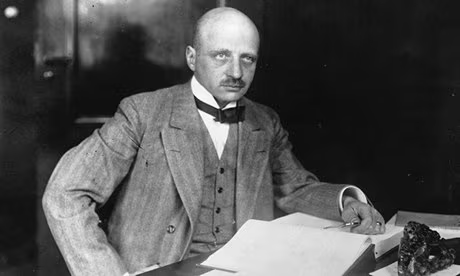
Fritz Haber was a German chemist who made significant contributions to the development of chemical warfare and the synthesis of ammonia. Haber’s most famous work was his development of the Haber-Bosch process, which revolutionized the production of ammonia for use in fertilizers and explosives. The process, which involves the reaction of nitrogen and hydrogen under high pressure and temperature, made it possible to produce ammonia on an industrial scale, thus providing a solution to the problem of food shortages and helping to support the growth of the world’s population.
However, Haber’s work also had a darker side. During World War I, he played a key role in the development of chemical weapons, including chlorine gas, which was used to devastating effect on the battlefields of Europe. Haber’s involvement in chemical warfare has been a source of controversy and criticism, and his legacy remains a complex and contested one. Despite this, his contributions to the field of chemistry and his role in the development of the Haber-Bosch process have had a lasting impact on the world.
Louis Pasteur

Louis Pasteur was a French chemist and microbiologist who made significant contributions to the fields of microbiology, vaccination, and pasteurization. Pasteur’s work on germ theory revolutionized the understanding of infectious diseases and led to the development of new methods for preventing and treating them. He developed vaccines for anthrax and rabies, and his work laid the foundation for the development of many other vaccines.
Pasteur is also known for his work on fermentation and the development of pasteurization, a process that involves heating milk and other beverages to kill harmful bacteria. This process has had a profound impact on public health, helping to prevent the spread of diseases such as tuberculosis and brucellosis. Pasteur’s contributions to science and public health have made him one of the most influential and respected figures in the history of chemistry and microbiology.
Svante Arrhenius
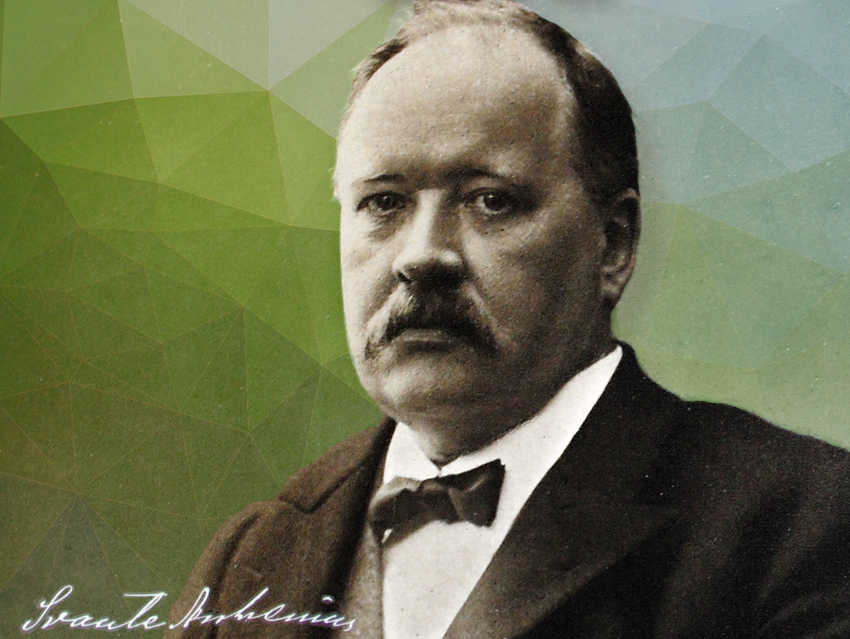
Svante Arrhenius was a Swedish chemist and physicist who made significant contributions to the fields of physical chemistry and electrochemistry. He is best known for his work on the theory of electrolytic dissociation, which explained the behavior of ions in solution and laid the foundation for the development of modern electrochemistry. Arrhenius also made important contributions to the study of reaction rates and catalysis, and his work helped to establish physical chemistry as a distinct field of study.
In addition to his scientific achievements, Arrhenius was also a prominent figure in the early environmental movement. He was one of the first scientists to recognize the potential impact of carbon dioxide emissions on the Earth’s climate, and his work helped to raise awareness of the issue of global warming. Today, Arrhenius is remembered as a pioneering scientist whose work continues to influence the fields of chemistry and environmental science.
Dorothy Hodgkin
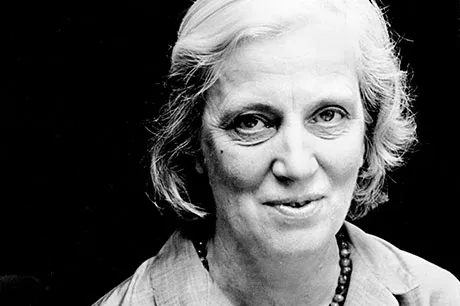
Dorothy Hodgkin was a British chemist who made significant contributions to the field of X-ray crystallography and the study of biomolecules. Hodgkin’s most famous work involved the use of X-ray crystallography to determine the structures of complex organic molecules, including penicillin, vitamin B12, and insulin. Her work helped to elucidate the relationship between the structure and function of these molecules and paved the way for the development of new drugs and treatments.
Hodgkin was also a pioneering figure in the field of women in science. She was the first woman to be awarded the Nobel Prize in Chemistry, and her success helped to break down barriers and inspire generations of female scientists. Despite facing numerous challenges and obstacles throughout her career, Hodgkin remained a dedicated and passionate researcher, and her contributions to science continue to be celebrated and recognized today.
Irène Joliot-Curie
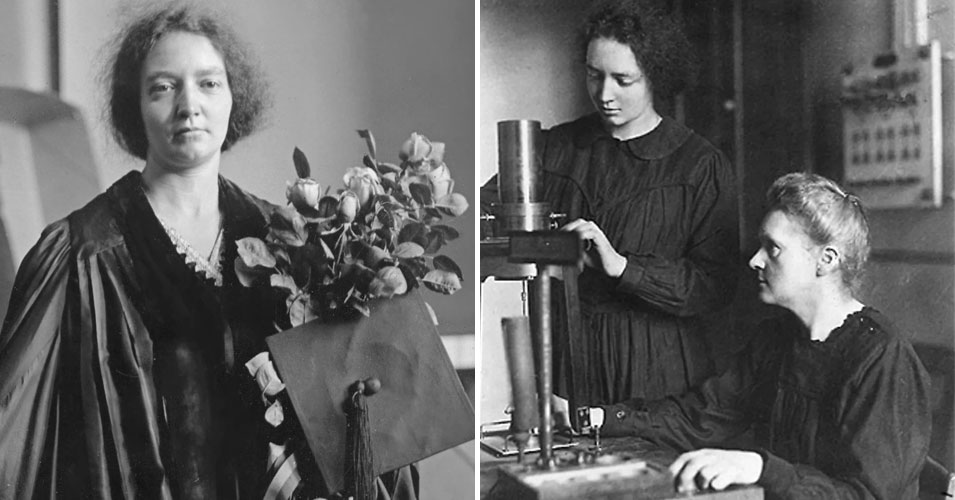
Irène Joliot-Curie was a French chemist and physicist who made significant contributions to the study of radioactivity and nuclear physics. The daughter of Marie and Pierre Curie, Joliot-Curie followed in her parents’ footsteps and became a pioneering researcher in her own right. Her most famous work involved the discovery of artificial radioactivity, which she achieved in collaboration with her husband, Frédéric Joliot.
Joliot-Curie’s work on artificial radioactivity opened up new avenues for research in nuclear physics and paved the way for the development of nuclear medicine and other applications of radioactivity. She also played a key role in the French Resistance during World War II, using her scientific expertise to help develop methods for detecting enemy submarines. Despite her many achievements, Joliot-Curie faced significant obstacles and discrimination throughout her career, but she remained a dedicated and passionate researcher until her untimely death at the age of 58.
Ahmed Zewail
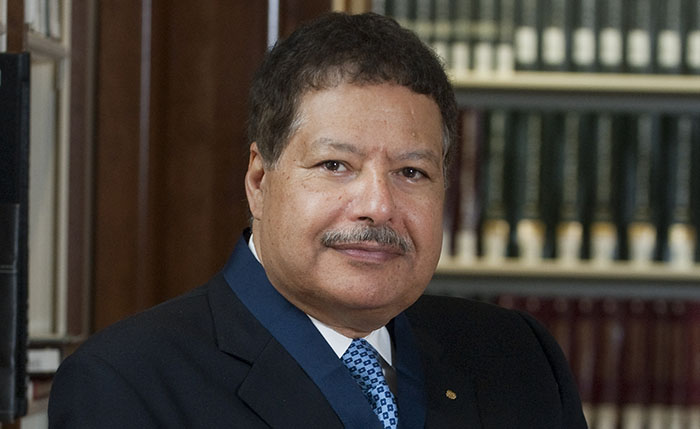
Ahmed Zewail was an Egyptian-American chemist who made significant contributions to the field of femtochemistry, the study of chemical reactions on extremely short timescales. Zewail’s most famous work involved the development of ultrafast laser techniques that allowed researchers to observe chemical reactions in real-time, with a resolution of just a few femtoseconds (one millionth of a billionth of a second).
Zewail’s work revolutionized the study of chemical reactions and provided new insights into the fundamental processes that underlie many important biological and chemical systems. His techniques have been used to study everything from the behavior of molecules in living cells to the properties of new materials. Zewail was also a passionate advocate for science education and international cooperation, and he worked tirelessly to promote scientific research and collaboration throughout his career. He was awarded the Nobel Prize in Chemistry in 1999 for his pioneering work in femtochemistry.
Conclusion
The chemists profiled in this article represent some of the most influential and important figures in the history of chemistry. From Marie Curie’s groundbreaking work on radioactivity to Ahmed Zewail’s pioneering research in femtochemistry, these scientists have made significant contributions to our understanding of the world around us and have helped to shape the course of scientific research and discovery.
Despite the many challenges and obstacles they faced, these chemists remained dedicated and passionate researchers, driven by a desire to unlock the secrets of the natural world and to use their knowledge and expertise to benefit humanity. Their legacy continues to inspire and influence generations of scientists, and their contributions to the field of chemistry will be remembered and celebrated for many years to come.
As we look to the future, it is clear that the field of chemistry will continue to play a vital role in addressing many of the most pressing challenges facing our world, from developing new treatments for disease to finding sustainable solutions for energy and environmental problems. By building on the work of these pioneering chemists and continuing to push the boundaries of scientific knowledge and understanding, we can help to create a brighter, more sustainable future for all.

